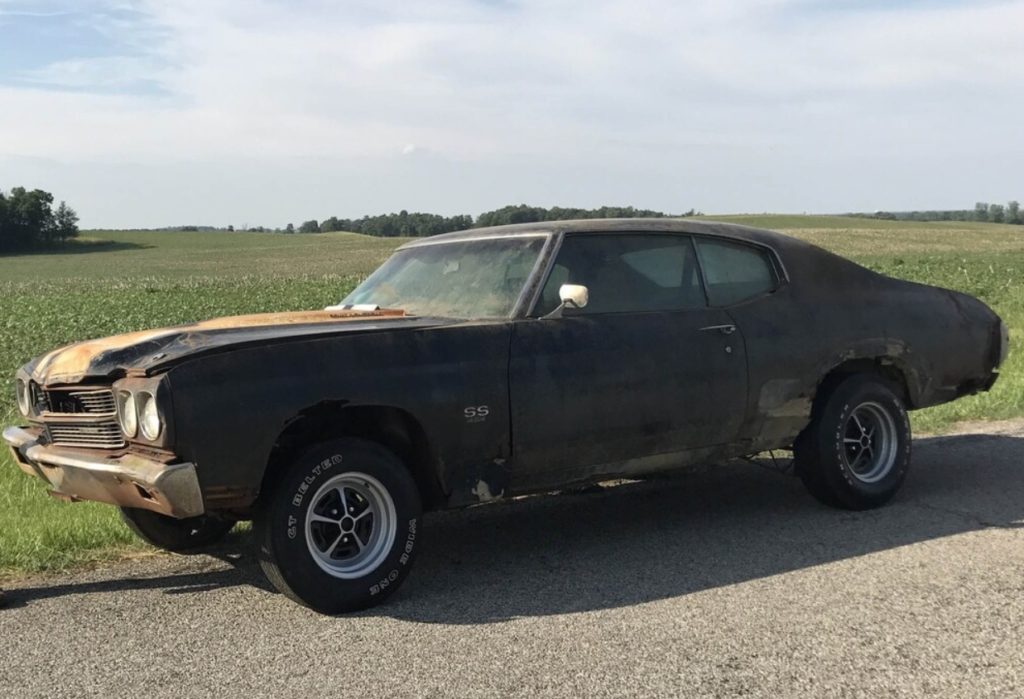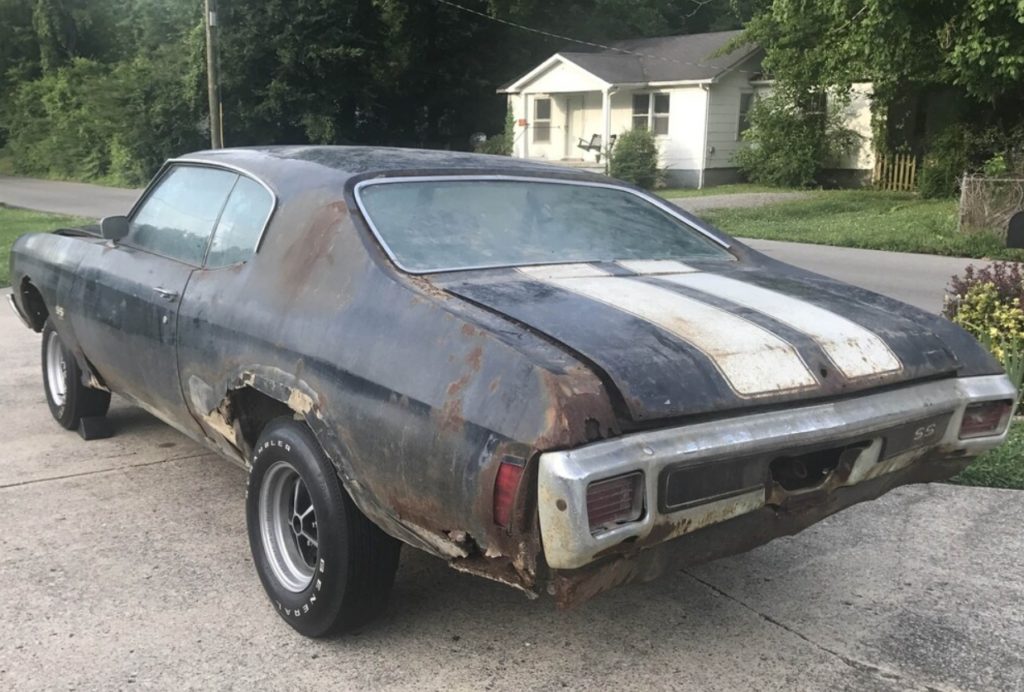It may have been ages since you last visited Chrysler's website, but fear not, the current offerings remain rather sparse. Fast-forward to 2023, and the brand showcases only two vehicles: the increasingly dated 300 sedan and the Pacifica minivan.

Back in those days, Chrysler was synonymous with luxury. While Plymouth and Dodge focused on producing affordable vehicles, the Chrysler Corporation utilized the Chrysler and Imperial brands to compete with the likes of Lincoln and Cadillac.

Continuing until 1965, the 300 "letter series" produced 11 distinct models with yearly updates. These vehicles are typically divided into five generations, with the first encompassing the original C-300 and the 1956 follow-up, the 300B. Although sharing a similar design with its predecessor, the 300B introduced several critical enhancements upon its 1956 debut.
Most notably, the 300B featured an enlarged 354-cubic-inch (5.8-liter) V8 engine. This powerful HEMI FirePower unit generated an impressive 340 horsepower, over 10% more than the outgoing C-300. This considerable boost enabled the 300B to achieve a top speed of 140 mph (225 kph).

The luxurious 300B didn't let its status hold it back on the racetrack, as it claimed victory in the 1956 NASCAR Grand National series, driven by the legendary Buck Baker.

However, this scarcity is a blessing for current 300B owners. With numerous vehicles either abandoned in junkyards or locked away and forgotten in barns, the number of all-original survivors is incredibly rare, making them increasingly desirable and valuable. This pristine white example is one such survivor, having endured decades of storage unscathed.

Amazingly, this Chrysler remained in a storage unit for 40 years, yet emerged without any significant issues, maintaining its exceptional originality aside from a fresh coat of paint.

The astonishingly preserved tan interior seems almost too good to be true for a car that hasn't been altered or restored. Additionally, the numbers-matching 354-cubic-inch V8 has been well-maintained and, with only 35,000 miles (56,327 km) on the odometer, still runs incredibly smoothly.

The owner discovered this gem locally in 2021, purchasing it as a replacement for her 1960 Chrysler 300F, which sadly succumbed to a garage fire. It's safe to say she found a stunning substitute, and we hope she enjoys this remarkable vehicle for many more years to come.


































